
Diffusion Models. 10 Major Proprieties | 10 Major Benefits | 10 Major Challenges
What are Diffusion Models?
In the context of Gen AI (Generative AI), diffusion models can be applied to text-to-image synthesis, where the aim is to generate realistic and coherent images based on a textual description.
How It Works
- Text Encoding: The textual description is first encoded into a vector representation, usually using a pre-trained language model.
- Diffusion Process: The diffusion process is applied, starting from noise and gradually refining it through a sequence of transformations guided by the encoded text.
- Reverse Process: The reverse diffusion process generates an image, with the text-encoded vector guiding the image generation step by step.
- Training: The model is trained using pairs of textual descriptions and corresponding images, learning to associate the diffusion process with the content described in the text.
Conclusion
Text-to-image generation using diffusion models offers an exciting intersection of natural language processing and computer vision. It brings a host of opportunities for creative, educational, and commercial applications but also presents significant technical and ethical challenges. Ongoing research is likely to focus on enhancing efficiency, quality, interpretability, and responsible usage of these models.
The Diffusion Process for Text-to-Image Generation
In diffusion models, the process begins with a target data point (like an image) and then noise is gradually added until a predefined noise distribution is reached. The generative process is a reversal of this diffusion, starting from noise and then removing it step by step to arrive at a sample. Let’s explore this concept further, with the context of text-to-image generation.
- Encoding the Text: The textual description is encoded into a vector representation using language models or encoders. This text representation forms the conditional input that guides the image generation process.
- Introducing Noise: Start with a target image (real or generated) and add noise over a series of time steps. This transforms the image into pure noise following a specific noise schedule.
- Reversing the Process (Generation): a. Start with a noise sample. b. Gradually reverse the noise-adding process, using a series of neural network transformations. c. At each step, use the text representation as a conditional input to guide the generation, ensuring that the final image corresponds to the text. d. Continue until the noise is completely removed, resulting in an image that represents the textual description.
Examples
- DALL-E: Although not a diffusion model itself, the principles of DALL-E for text-to-image generation can be aligned with a diffusion-based approach, encoding textual descriptions to guide the visual generation.
- Stable Diffusion: This is an approach where a stable noise process is used, ensuring that the generation process is smooth and controllable.
Applications
- Art Creation: Synthesizing artwork based on textual descriptions.
- Content Generation: Creating visual content for media, advertising, etc.
- Educational Tools: Visualizing complex concepts based on textual input.
- Accessibility: Converting text into visual representations for visually impaired users.
- Research and Development: Experimentation in generative models and computer vision.
10 Major Properties
- Probabilistic Nature: Models the generation as a stochastic process.
- Reversible Process: Noise addition and subtraction are reversible.
- Text-Image Coupling: The encoded text directly influences the image generation.
- Time-Dependent Process: Occurs over discrete time steps.
- Computationally Intensive: Many steps are involved in generation.
- Conditional Generation: Allows generation based on specific conditions (e.g., text).
- Scalability: Adaptable to various resolutions and complexities.
- Stable Dynamics: The diffusion process is controlled and stable.
- Training Complexity: Requires careful design and tuning.
- Diversity: Can create diverse images based on textual nuances.
10 Major Benefits
- High-Quality Images: Potential for generating highly realistic images.
- Creativity: Enables creative applications in art and design.
- Flexibility: Can be adapted to different domains and styles.
- Data Efficiency: May leverage limited data effectively.
- Customization: Personalization of content based on textual input.
- Robustness: Stability in generation across different text inputs.
- Integrative Potential: Can be combined with other AI systems.
- Interpretability: Process is grounded in clear physical principles.
- Innovative Research: Opens up new areas of exploration.
- Human-Machine Collaboration: Facilitates more natural interfaces.
10 Major Challenges
- Computational Resources: Requires significant computational power.
- Quality Assurance: Ensuring consistent quality across generations.
- Training Challenges: Hyperparameter tuning, data alignment, etc.
- Interpretation Complexity: Understanding how textual nuances affect generation.
- Ethical Considerations: Misuse, bias, and other ethical challenges.
- Real-Time Constraints: May not be suitable for real-time applications.
- Integration Complexity: Challenges in integration with existing systems.
- Limited Understanding: Incomplete theoretical understanding of all dynamics.
- Scalability Issues: Scaling to high resolutions and large datasets.
- Diversity Control: Managing diversity based on ambiguous textual input.
Conclusion
Diffusion models for text-to-image generation offer a novel approach to synthesizing visual content based on textual descriptions. By utilizing a process of controlled noise addition and subtraction, guided by encoded text, these models can create diverse and realistic images. Examples like Stable Diffusion demonstrate the principles, and although DALL-E is not inherently a diffusion model, similar concepts could be employed. The field presents exciting opportunities along with significant challenges, and ongoing research and development are likely to continue to advance this area of Gen AI.
Diffusion Models: Statistical Perspective
Diffusion Models: Statistical Perspective
Diffusion models in the context of text-to-image generation leverage statistical distributions and probabilities to provide a controlled method of synthesizing visual content. Understanding these underlying concepts helps shed light on the intricacies of the process.
1. Noise Process:
- Addition: Starting with an original image, noise is added in incremental steps according to a specific schedule. The noise is often drawn from a Gaussian distribution, and the image is gradually transformed into pure noise.
- Subtraction: In the generative phase, the process is reversed, and noise is incrementally removed. At each step, the distribution of the image is conditioned on both the previous step and the encoded text.
2. Probabilistic Framework:
- Transition Probabilities: The probability distribution governing transitions between consecutive states (e.g., levels of noise) is carefully defined.
- Conditional Distribution: At each step, the distribution of the image is conditioned on the previous state and other inputs like the encoded text.
3. Stochastic Diffusion Process:
- Markov Chain: The process can be viewed as a Markov chain, where the future state depends only on the current state.
- Stability: The “Stable Diffusion” term implies that the process is carefully controlled to ensure that the noise addition and removal are stable and reversible.
4. Likelihood Estimation:
- Training: During training, the likelihood of the observed data is maximized, given the model parameters. This involves learning the optimal noise schedule and neural network parameters for image transformation.
- Text Guidance: The encoded text guides the likelihood, influencing the probability distribution at each step to generate an image that corresponds to the text.
5. Sampling and Inference:
- Sampling: In the generation phase, samples are drawn from the noise distribution and then transformed through the reverse diffusion process.
- Inference: Given a text input, inference involves computing the posterior distribution of the generated image, guided by the encoded text.
Key Insights
- Coupling Between Text and Image: The encoded text input fundamentally alters the conditional probabilities at each step, steering the diffusion process towards generating an image that matches the textual description.
- Control and Flexibility: The statistical nature of diffusion models allows precise control over the generation process, and the ability to define and manipulate the noise process provides significant flexibility.
- Challenges in Modeling: Properly modeling the statistical relationships and dependencies requires careful consideration and poses challenges in terms of training, scalability, and computational complexity.
Conclusion
Diffusion models for text-to-image generation represent a sophisticated interplay between probabilistic modeling, statistical distributions, and the controlled manipulation of noise. The gradual process of noise addition and subtraction, governed by well-defined probability distributions and conditioned on textual input, offers a powerful paradigm for synthesizing images that correspond to textual descriptions. The statistical foundation of these models provides both their core strength and complexity, leading to ongoing research and development in understanding and applying them effectively.
Diffusion Models. Limitations and Challenges
Limitations and Challenges
Diffusion models, when applied to text-to-image generation, can encounter challenges when the prompt requires the generation of more than one character or object within the scene. This complexity arises for several reasons, and overcoming the limitation presents a multifaceted challenge.
Challenges When Generating Multiple Characters or Objects
- Spatial Arrangement and Composition: Figuring out where to place each character or object within the image requires an understanding of spatial relationships and the scene’s composition. This involves complex decision-making that might not be easily captured by the diffusion process.
- Interactions and Relationships: Characters or objects might not exist in isolation; they may interact or have specific relationships (e.g., one character holding another). Modeling these interactions requires a deep understanding of context, which may be challenging to derive from a text prompt alone.
- Ambiguity in Text Descriptions: A prompt with multiple characters or objects may be ambiguous. Without specific information about positioning, appearance, or interaction, the model may struggle to create a coherent representation.
- Increased Model Complexity: Handling multiple objects means the model must manage more variables and dependencies, making the training and inference processes more complex and computationally expensive.
- Scale and Resolution Issues: Packing more content into an image might require higher resolution to maintain details. This can add to the computational requirements and complexity of the model.
- Object Consistency and Cohesiveness: Ensuring that all the characters or objects are coherent within the same scene in terms of style, lighting, perspective, etc., presents another layer of complexity.
Strategies to Overcome Limitations
- Richer Text Encoding: Utilizing more advanced text encoding techniques that capture spatial relationships and interactions could guide the model more precisely.
- Multi-Stage Generation: Instead of generating the entire scene at once, a step-by-step or hierarchical approach might make the task more manageable. For example, first generating an outline or sketch and then filling in details.
- Incorporating Auxiliary Information: Allowing additional input (e.g., a sketch, existing image, or more detailed text) might provide the context needed for handling multiple characters or objects.
- Utilizing Pre-trained Models: Leveraging models pre-trained on specific tasks related to spatial understanding or object interaction might enhance the ability to generate complex scenes.
- Improving Model Architecture: Designing a model architecture specifically tailored to handle the complexity of multi-object scenes might provide a path forward.
- Supervised Fine-tuning: Using a dataset with labeled examples of multi-object scenes could allow for supervised fine-tuning to this specific task.
Conclusion
Generating an image with multiple characters or objects using diffusion models is a complex task, as it involves understanding and interpreting spatial, contextual, and relational information. Challenges lie in the arrangement, interaction, coherence, and computational demands of such generation.
However, with a combination of enhanced text encoding, multi-stage processing, specialized model architecture, auxiliary information, and supervised learning, it might be possible to overcome these limitations and enable diffusion models to effectively generate scenes with multiple characters or objects. Research and experimentation in this direction are likely to be fruitful areas for exploration in the field of text-to-image synthesis.
Untraining LLMs (including diffusion models)
“Untraining” a specific aspect of a machine learning model like a diffusion model is a complex task. Models learn a complex, non-linear mapping from input data to output data, and this mapping is distributed across the parameters of the model. Therefore, it’s not feasible to simply untrain or undo the learning associated with one particular mislabeled example.
If a specific error, such as training a “cat” as a “dog,” has been introduced into the model, there are some strategies that might be used to address this mistake without starting from scratch:
- Correcting the Mislabeling: If the error is in the training data (e.g., a cat being labeled as a dog), then the first step would be to correct this mislabeling in the dataset.
- Fine-Tuning: Rather than untraining, you can fine-tune the model using corrected data. This involves continuing training with a dataset where the errors have been corrected, possibly with a smaller learning rate. This can help the model unlearn the wrong associations while preserving other learned features.
- Regularization and Robust Training: If the error was a result of overfitting to a noisy label, applying regularization techniques might make the model more robust to such errors in the future.
- Active Learning and Human-in-the-Loop: Implementing an active learning strategy where uncertain predictions are reviewed and corrected by human experts can provide ongoing correction and refinement.
- Re-Training with Corrected Data: If the error is pervasive and has a significant impact on model performance, it may be necessary to retrain the model entirely using the corrected dataset.
- Monitoring and Validation: Implementing robust validation and monitoring practices can help catch these errors earlier in the future. Regularly evaluating the model on a well-curated validation set allows for the early detection of issues and can guide iterative improvements.
- Using Interpretable Models: Some degree of interpretability might help in understanding how the model is making decisions and in identifying where mistakes might be occurring.
Conclusion
While it’s not feasible to “untrain” a specific error in the traditional sense, there are several strategies to correct and mitigate the impacts of such an error. The best approach depends on the nature of the error, the model’s architecture, the availability of corrected data, and the specific requirements of the application.
The field of machine learning is actively researching these challenges, and techniques for understanding, correcting, and preventing errors in learned models are an ongoing area of innovation and development.
About The Author

Bogdan Iancu
Bogdan Iancu is a seasoned entrepreneur and strategic leader with over 25 years of experience in diverse industrial and commercial fields. His passion for AI, Machine Learning, and Generative AI is underpinned by a deep understanding of advanced calculus, enabling him to leverage these technologies to drive innovation and growth. As a Non-Executive Director, Bogdan brings a wealth of experience and a unique perspective to the boardroom, contributing to robust strategic decisions. With a proven track record of assisting clients worldwide, Bogdan is committed to harnessing the power of AI to transform businesses and create sustainable growth in the digital age.
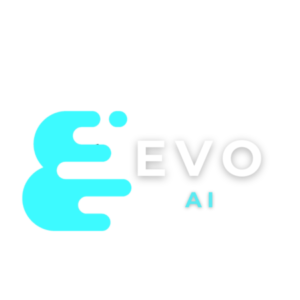
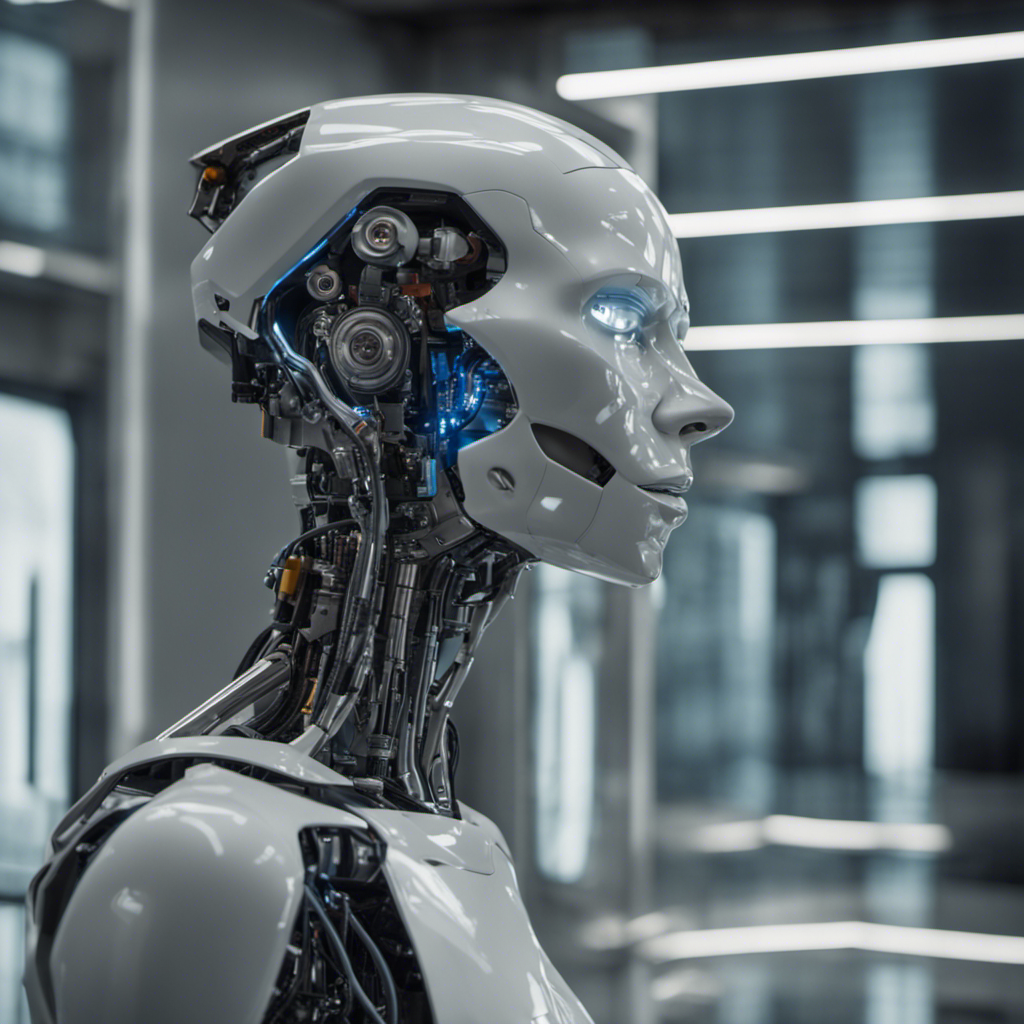
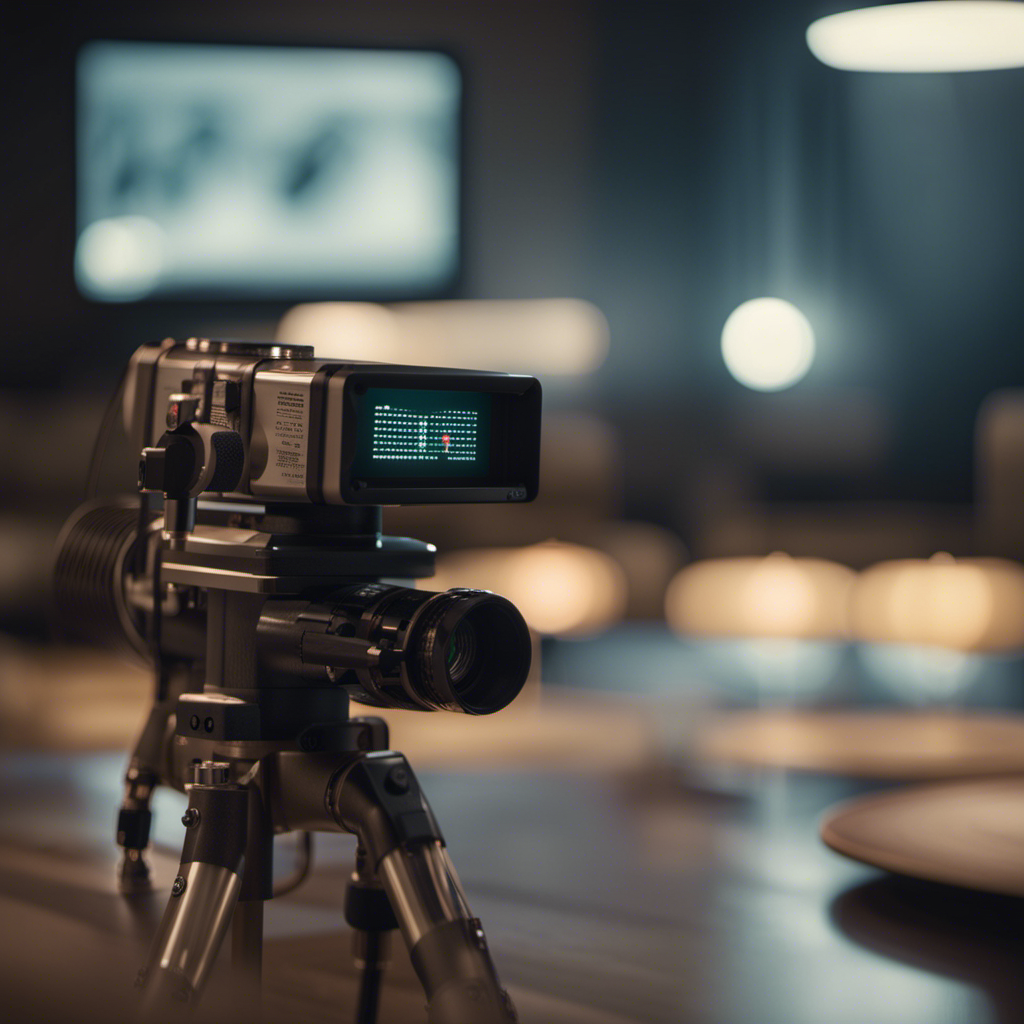
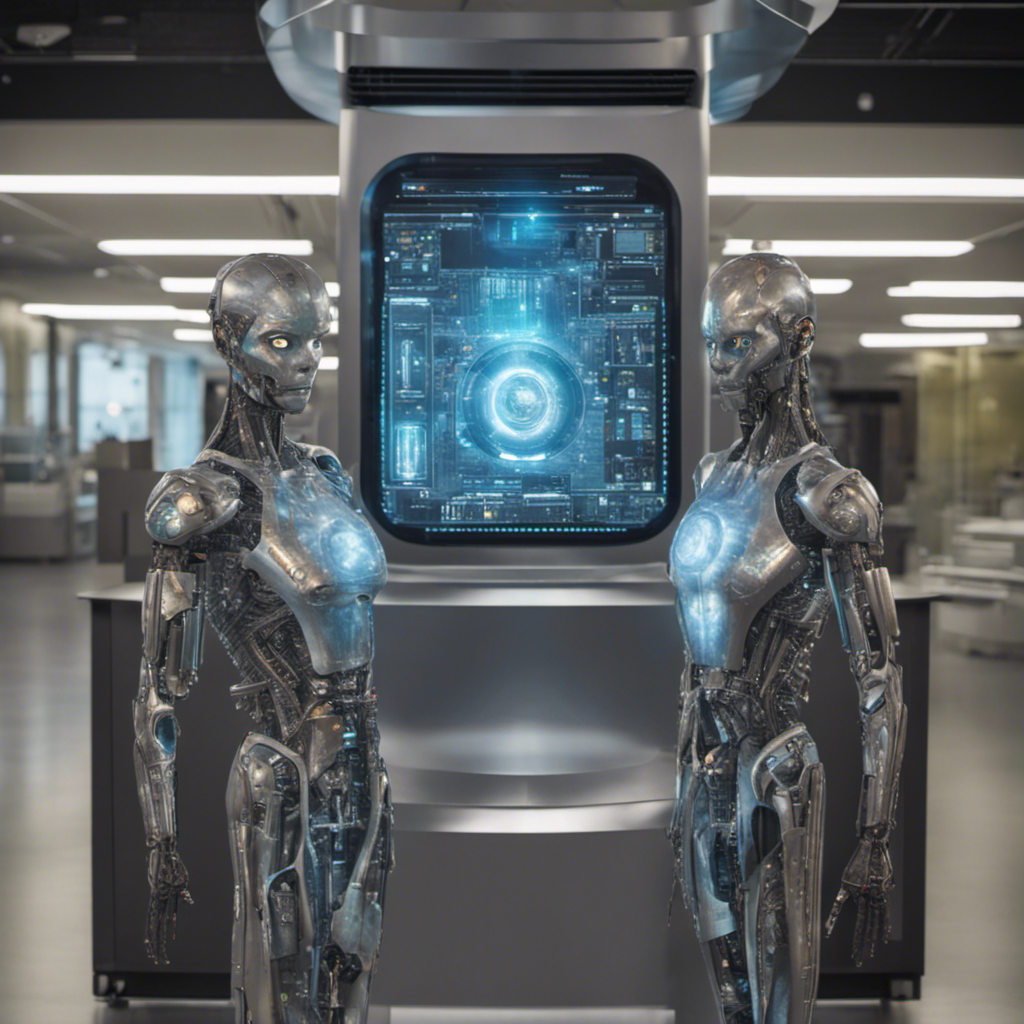
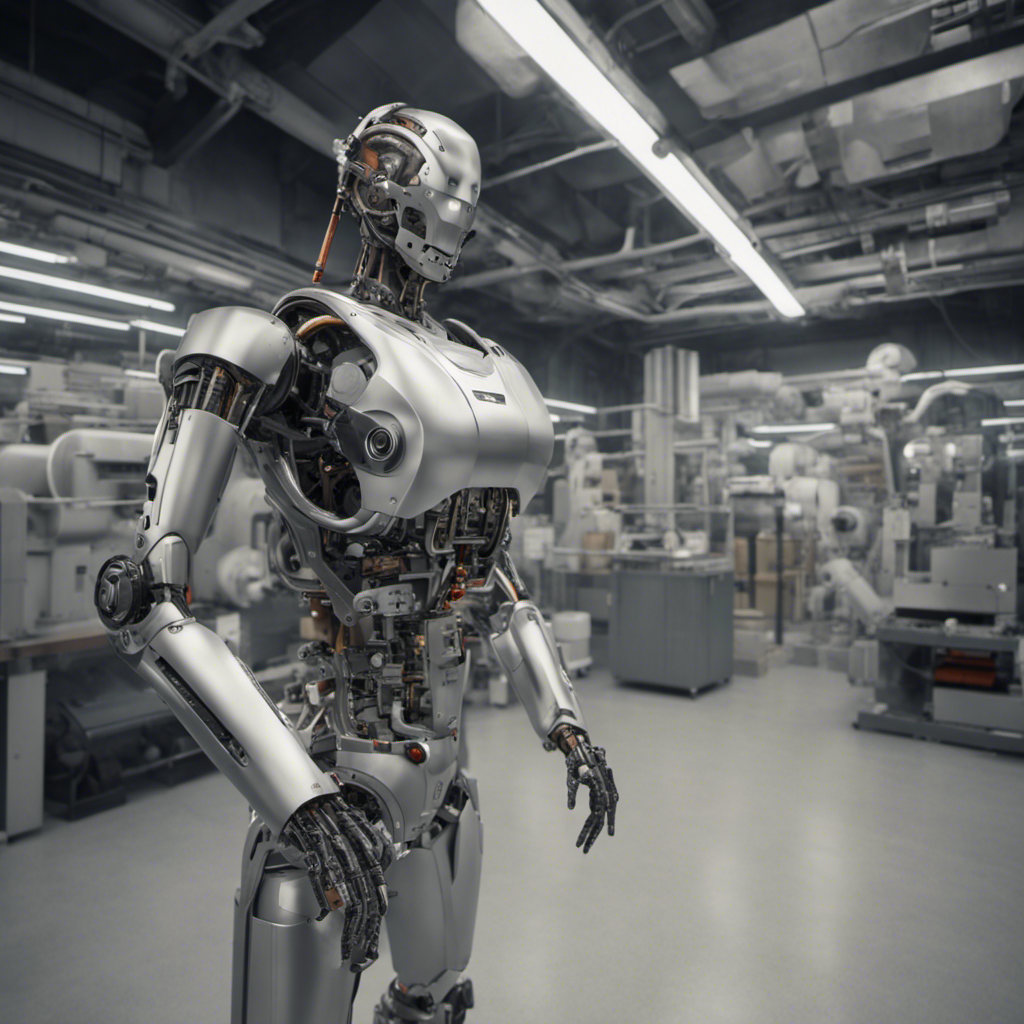



Leave A Comment